wabi-sabi
inkognito
19 years ago
Related Stories
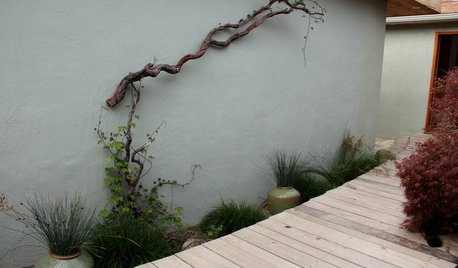
DECORATING GUIDESSee How Wabi-Sabi Can Bring Harmony and Beauty to Your Home
Create your own wabi-style style with beautifully weathered, humble materials around the house
Full Story
DECORATING STYLESFinding the 'Wabi-Sabi' in Midcentury Modern Design
Part 2 of our wabi-sabi series: in which Knoll, the Eameses and more celebrate streamlined forms around the home
Full Story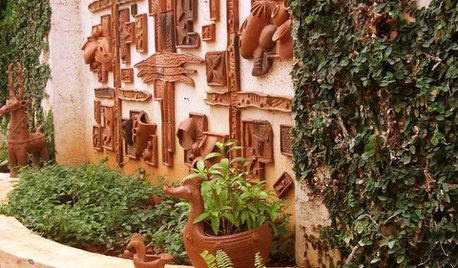
DECORATING GUIDESSlow Design: Today's 'Wabi-Sabi' Helps Us Savor the Moment
Learn about the design movement that's aiming to satisfy our real needs, leaving materialism in the past
Full Story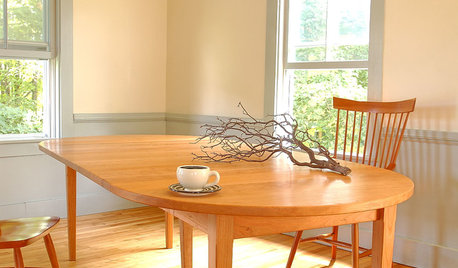
DECORATING GUIDESStrange but True Parallels Between Early Western and Old Japanese Style
Part 1 of our 'wabi-sabi' series: in which Shaker and Arts and Crafts designs reveal simplicity, modesty and integrity
Full Story
DECORATING GUIDES5 Interiors That Nail the ‘Perfect Imperfect’ Look
Explore the beauty of accident, age and patina in these homes
Full Story
DECORATING GUIDESHow to Savor Your Beautifully Imperfect Home
Hardly anyone escapes home design envy. These strategies can help you appreciate your home for all it offers you right now
Full Story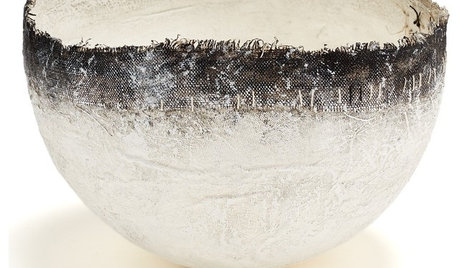
PRODUCT PICKSGuest Picks: Tactile Treasures for the Home
Celebrate the beautifully imperfect with accessories, serveware and throws made of earthy materials, many by hand
Full Story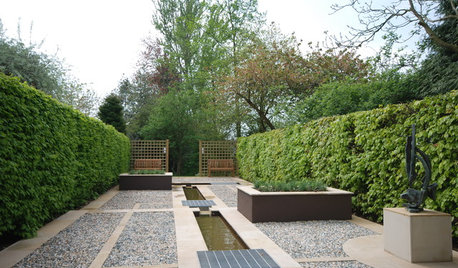
LANDSCAPE DESIGNHow to Create a Zen-Inspired Garden
You can get the peaceful feeling of a Japanese Zen garden in your backyard by embracing these principles
Full Story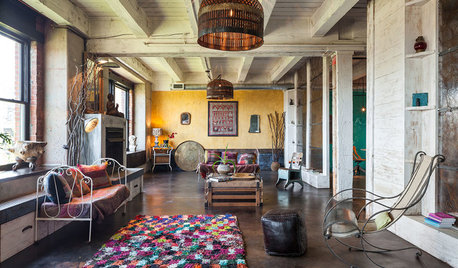
Shop Houzz: Inner PDX Industrial
Hardy surfaces, natural elements and off-kilter soft flourishes make up the urban Portland look
Full Story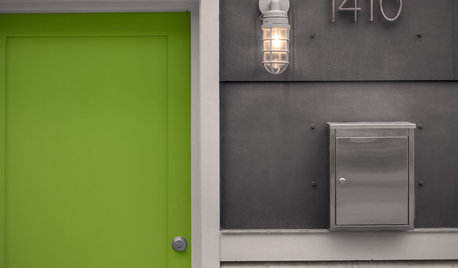
DECORATING GUIDESFeng Shui Basics for a Happy Home
Get the good energy flowing at home for a clearer mind — and maybe even a healthier and more prosperous life
Full Story





Lee_ME
bambooo
Related Professionals
Carlisle Landscape Architects & Landscape Designers · Allentown Landscape Architects & Landscape Designers · Clermont Landscape Contractors · Commack Landscape Contractors · Essex Landscape Contractors · Lady Lake Landscape Contractors · Norwalk Landscape Contractors · San Benito Landscape Contractors · Santa Ana Landscape Contractors · St. Louis Landscape Contractors · Castaic Gardeners & Lawn Care · Los Alamitos Decks, Patios & Outdoor Enclosures · Manchester Decks, Patios & Outdoor Enclosures · Marlboro Decks, Patios & Outdoor Enclosures · Pataskala Decks, Patios & Outdoor EnclosuresinkognitoOriginal Author
Lee_ME
bambooo
Herb
inkognitoOriginal Author
wasabinsoy
Lee_ME
DonPylant
inkognitoOriginal Author
ScottReil_GD
Herb
DonPylant
inkognitoOriginal Author
ScottReil_GD
Herb
Herb
DonPylant
Niwashisan
DonPylant
wasabinsoy
kobold
ScottReil_GD
DonPylant